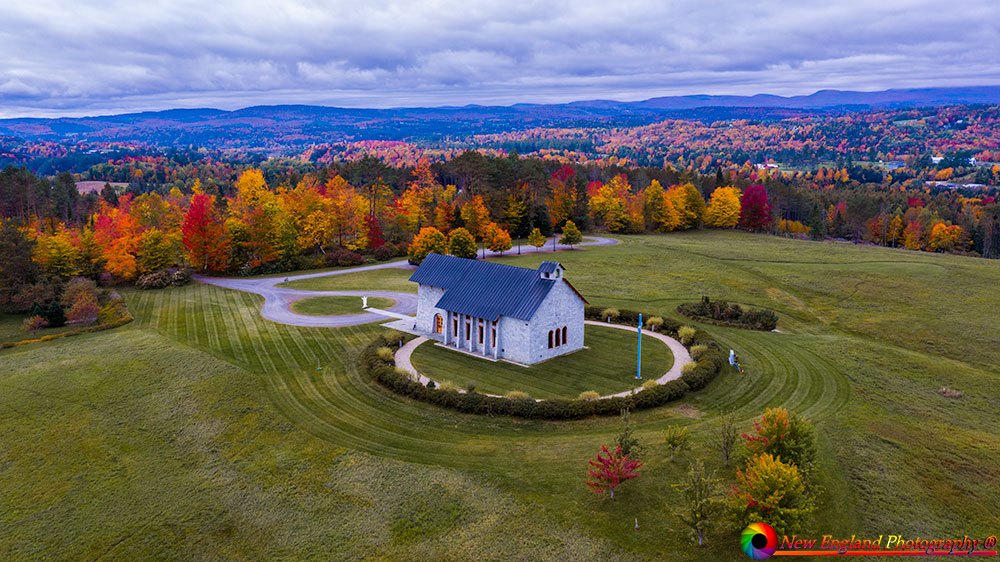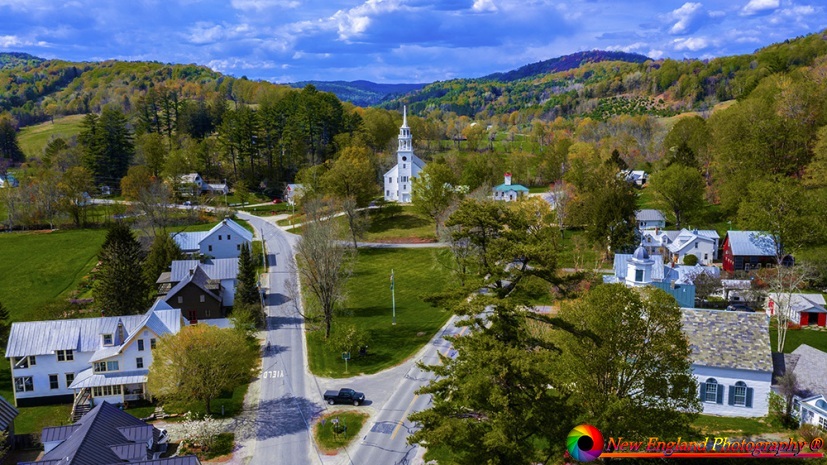The Chapel in East Burke Vermont

The Chapel in East Burke Vermont Read More »
New England Photography. Scenic Photography of New England.

First Church of Deerfield was established as The Congregational Church of Deerfield Massachusetts, in 1673.
The First Church of Deerfield in Deerfield Massachusetts Read More »

A great place to sit and relax.
Saint Anne’s Shrine Isle La Motte, Vermont Read More »

History of the shrine-
In 1666, Fort Sainte Anne was built on Isle La Motte to protect Montreal from attacks by the Iroquois Indians. Both the fort and chapel were dedicated to Saint Anne, the mother of the Virgin Mary. It was the site of the first Catholic Mass celebrated in Vermont. In 1668, the bishop of Quebec, François de Laval, came to Isle La Motte to baptize a number of Iroquois to Christianity. Even after the abandonment of the fort, the shrine continued to offer mass to worshipers. The Fort was destroyed sometime between 1670 and 1690; the Way of Calvary at the Shrine marks the place where the Fort once stood.
In 1892, Louis de Goesbriand, the Bishop of Burlington was able to purchase the land at Fort Saint Anne in order to preserve its history. A small chapel was built. Father Joseph Kerlidou was the first director of St. Anne’s Shrine. He excavated a portion of the site, uncovering knives, buttons, pottery, and other artifacts. They attest to not only French, but earlier Native American presence on the site. Some of the artifacts are on display at St. Anne’s.
Saint Anne’s Shrine Isle La Motte, Vermont Read More »

The town of Strafford was created on August 12, 1761 by way of a royal charter which King George III of Great Britain issued to Governor Benning Wentworth of New Hampshire. The town was named after the Earl of Strafford.[3] Its town house is one of the most famous in Vermont, sitting atop a hill in the historic town square.
The Strafford Village Historic District encompasses the historic village center of Strafford, Vermont, United States. Founded in 1768, the village center was developed in the 1790s, and saw most of its growth before 1840, resulting in a fine assortment of predominantly Greek Revival buildings. Notable exceptions include the 1799 meetinghouse, and the Justin Smith Morrill Homestead, a fine example of Gothic Revival architecture built by native son Justin Smith Morrill. The district, centered on the town green at the junction of Morrill Highway and Brook Road, was listed on the National Register of Historic Places in 1974.
A spring day in Strafford Vermont Read More »